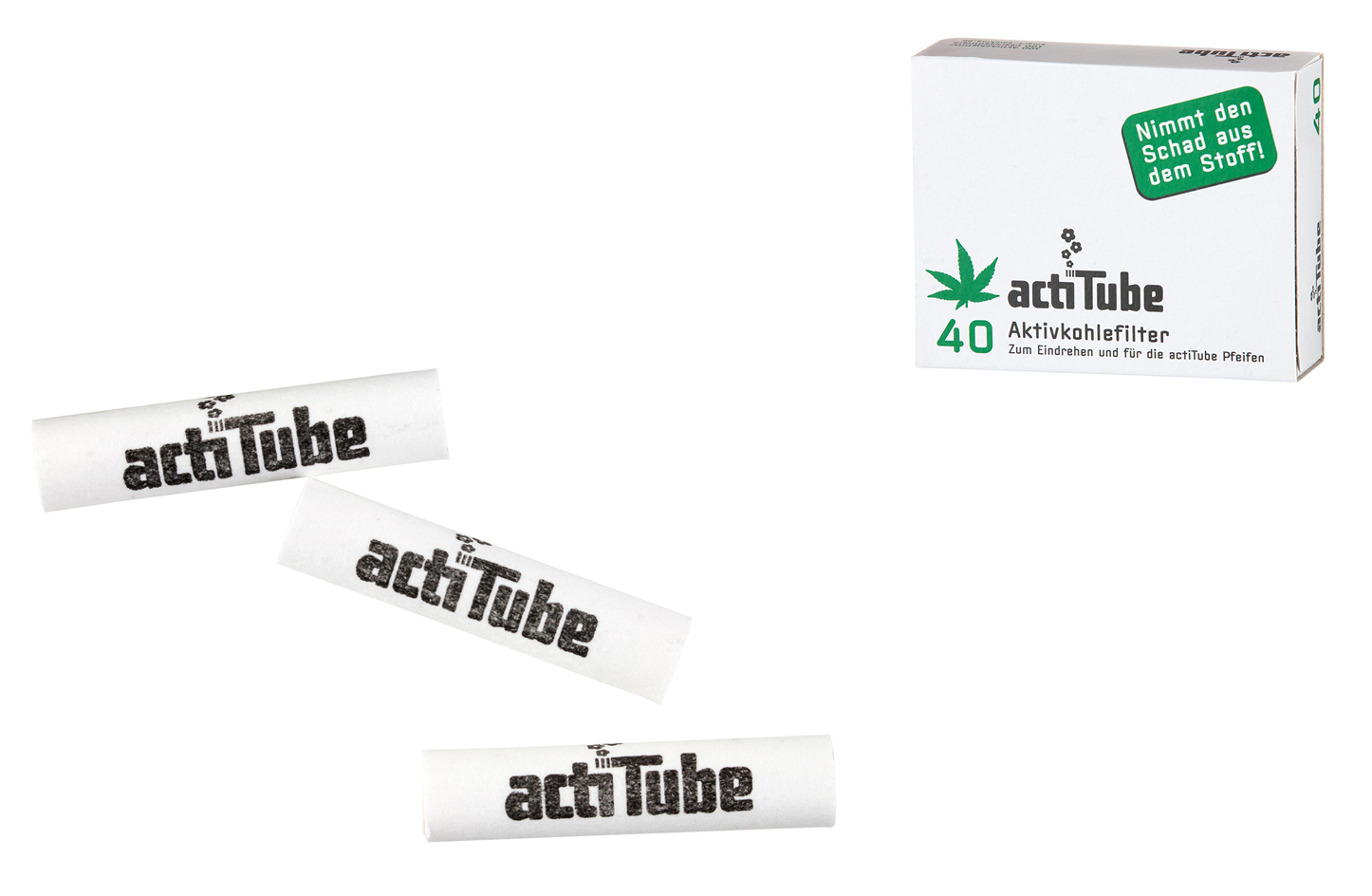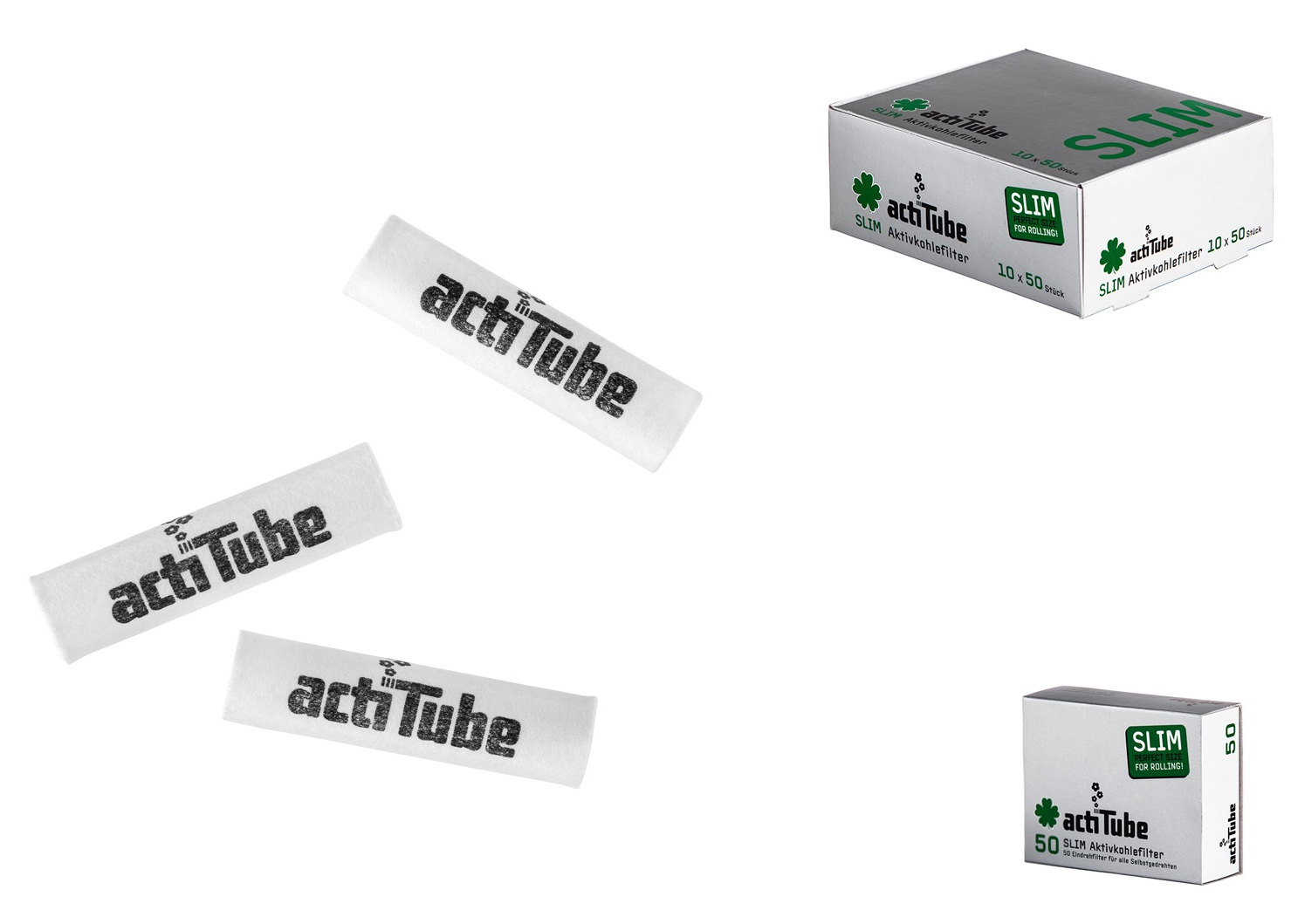

No shipping to France and Italy.
Ready for dispatch in: 1-3 working days
Ready for dispatch in: 1-3 working days
Ready for dispatch in: 1-3 working days
Ready for dispatch in: 1-3 working days
Ready for dispatch in: 1-3 working days
Ready for dispatch in: 1-3 working days
Ready for dispatch in: 1-3 working days

Cigarette Filters: Essential Components for Rolling Cigarettes
Cigarette filters play a crucial role in smoking, whether in factory-made cigarettes or hand-rolled ones. They influence the smoking experience by providing a smoother and more enjoyable draw. Particularly in the case of rolling filters, which are used for hand-rolled cigarettes, there are various materials, sizes, and features that allow smokers to customize their cigarettes to their preferences.
Function and Purpose of Cigarette Filters
Cigarette filters are typically made from cellulose acetate, a fibrous material that helps reduce unwanted particles from the smoke. The primary function of a filter is to act as a barrier that modifies the airflow and removes some impurities before the smoke reaches the lungs. Additionally, filters help cool the smoke, making it less harsh on the throat.
For hand-rolled cigarettes, filters are particularly useful as they add stability to the cigarette and prevent loose tobacco from entering the mouth. They also provide a firm end to hold the cigarette comfortably.
Types of Rolling Filters
Rolling filters come in various types, differing in material, size, and special features. The most common categories include:
1. Standard Cigarette Filters
These filters are made from cellulose acetate and typically measure 15 mm in length with a diameter of around 6 mm. They are the classic filters most commonly used for rolling cigarettes.
2. Activated Charcoal Filters
Activated charcoal filters contain small particles of activated carbon, which enhance filtration. These filters are preferred by smokers who enjoy a cooler and smoother smoking experience. The charcoal absorbs certain elements from the smoke, refining the taste and reducing harshness.
3. Unbleached and Natural Filters
Many smokers are now opting for natural alternatives. Unbleached filters are free from chemical additives and often made from biodegradable materials like pure cellulose or hemp fibers. These filters appeal to environmentally conscious consumers looking for a more sustainable option.
4. Slim and Extra Slim Filters
While standard filters have a diameter of approximately 6 mm, slim filters measure about 5.3 mm, and extra slim filters are around 4 mm. These are ideal for rolling thinner cigarettes, using less tobacco while still maintaining the benefits of a filter.
Benefits of Using Filters for Rolling Cigarettes
Rolling a cigarette with a filter requires some practice but provides several advantages:
- Improved stability – A filter gives the cigarette a firmer shape, making it easier to handle and smoke.
- Prevents loose tobacco from entering the mouth – Without a filter, small tobacco pieces can enter the mouth while smoking, which a filter prevents.
- Milder smoking experience – Filters contribute to a smoother draw, reducing harshness.
- Customization options – Different filter sizes and materials allow smokers to create a cigarette tailored to their preferences.
Sustainable and Biodegradable Filters
A growing trend in the tobacco industry is biodegradable filters. Traditional filters made from cellulose acetate can take years to decompose. As a result, many smokers are switching to paper filters, hemp-based filters, or unbleached cellulose filters. These natural alternatives function similarly to traditional filters but break down much faster, reducing environmental impact.







